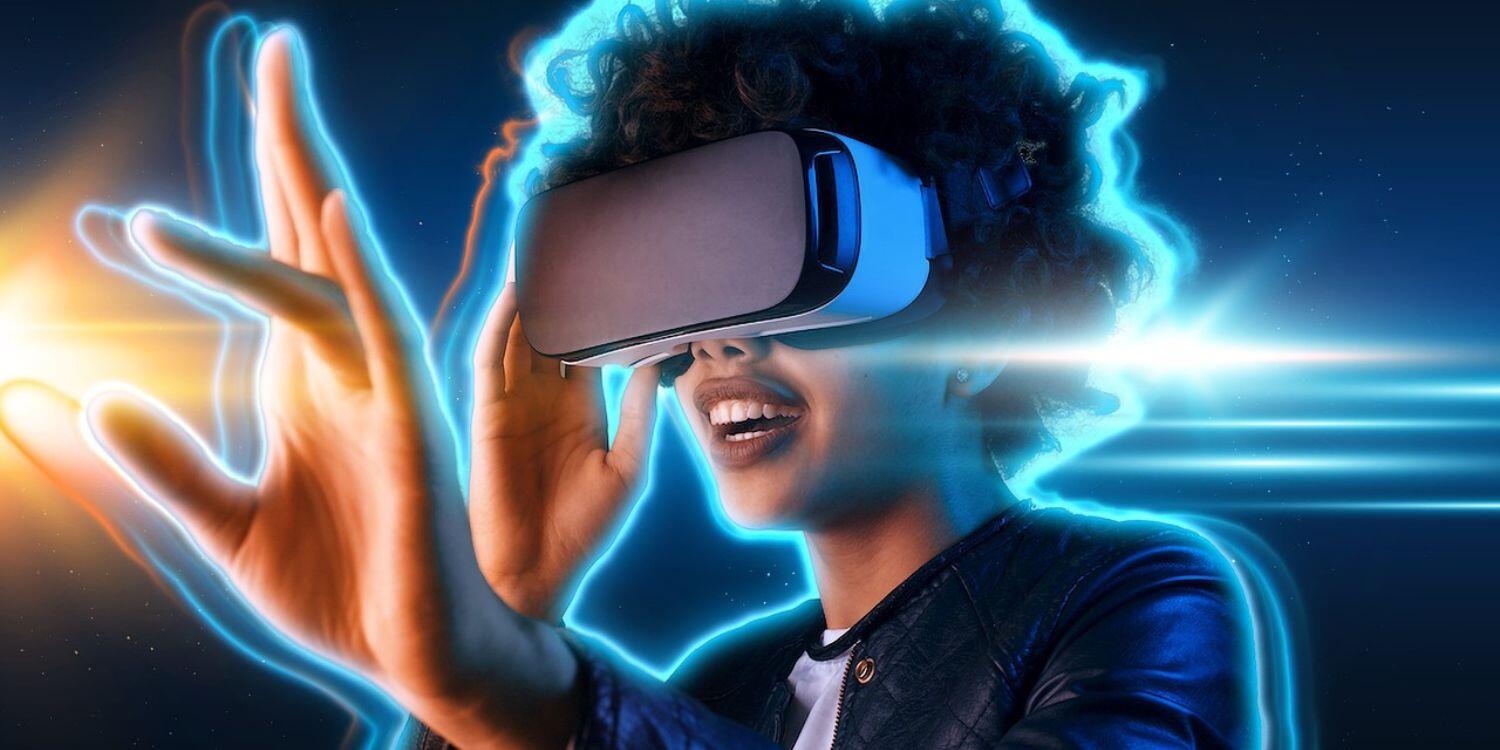Virtual Reality (VR) has transformed real estate marketing and the industry in recent years, allowing real estate professionals to showcase properties in a whole new way. VR technology enables potential buyers to take virtual tours of homes and properties without having to visit them physically, providing a more immersive and realistic experience. But, like any technology, VR has its benefits and limitations that real estate professionals should be aware of.
Benefits of Using Virtual Reality in Real Estate
One of the significant advantages of using VR in real estate is that it enables potential buyers to have a more immersive and realistic experience of a property. VR technology can create a 360-degree view of a home or property, allowing buyers to explore every nook and cranny. This can be especially helpful for out-of-town buyers who cannot visit the property in person. For instance, Sotheby’s International Realty partnered with virtual staging platform roomy to create virtual staging for homes listed above $15 million. With 3D renderings and virtual tours, potential buyers can now get an immersive experience of the properties, which is especially helpful in a pandemic.
Another benefit of using VR in real estate is that it saves time and money for real estate professionals. With VR technology, agents can show multiple properties to potential buyers in a short amount of time. This not only saves time but also reduces the need for in-person showings, which can be costly and time-consuming. For example, British estate agent Strutt & Parker found a 360-degree VR video increased web traffic and enquiries by 67% and 20% respectively. Through virtual tours, estate agents save all parties time and money.
VR technology can be used to showcase properties that are still under construction too. Through 3D modeling and VR, real estate professionals can virtually show off property from plans. This is highly useful for developers and builders like developer Shapoorji Pallonji who virtually showcased under-construction properties in India.
Limitations of Using Virtual Reality in Real Estate
One of the most prominent limitations to VR technology is its price. High-quality equipment and software can be costly, which is not feasible for smaller real estate companies or individual agents. For instance, high-end VR headsets like the Oculus Quest 2 cost around $300 and require a compatible PC or smartphone to operate.
Another issue with using VR in real estate is the level of accessibility. Many potential buyers can’t access VR equipment nor feel comfortable using it. This limits the viewing audience. Moreover, many people prefer in-person showings to get a real, physical sense of the property’s size, layout, and overall feel.
Finally, there are limitations to how realistic VR technology is right now. While a realistic experience of a property is achievable, the technology can’t yet replicate the exact level of detail as an in-person showing. As VR technology improves in the near future, this is likely to change.
Ultimately, VR technology has many benefits for the real estate industry, including creating immersive experiences while saving time and money. However, there are various limitations to consider, especially the cost and accessibility. While VR technology currently doesn’t replace in-person showings, it is a revolutionary tool in the real estate industry.

